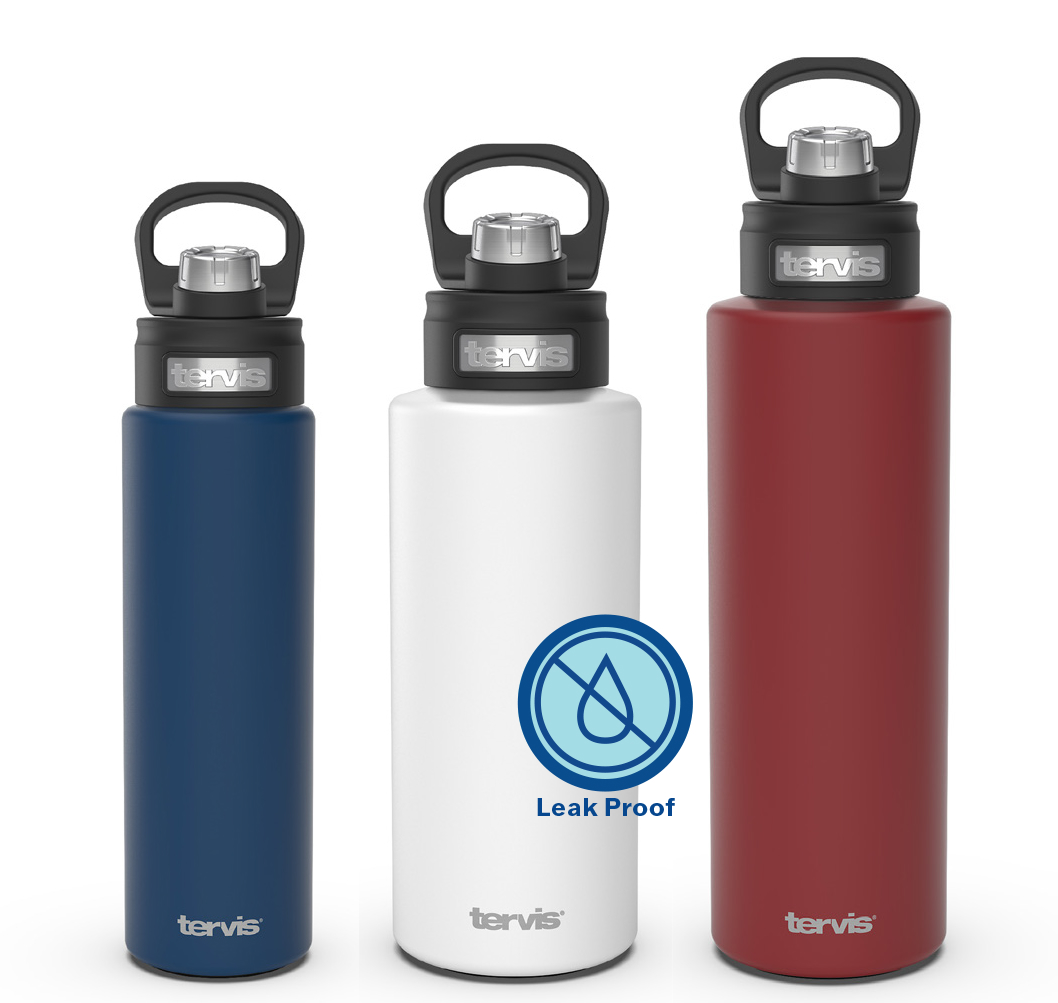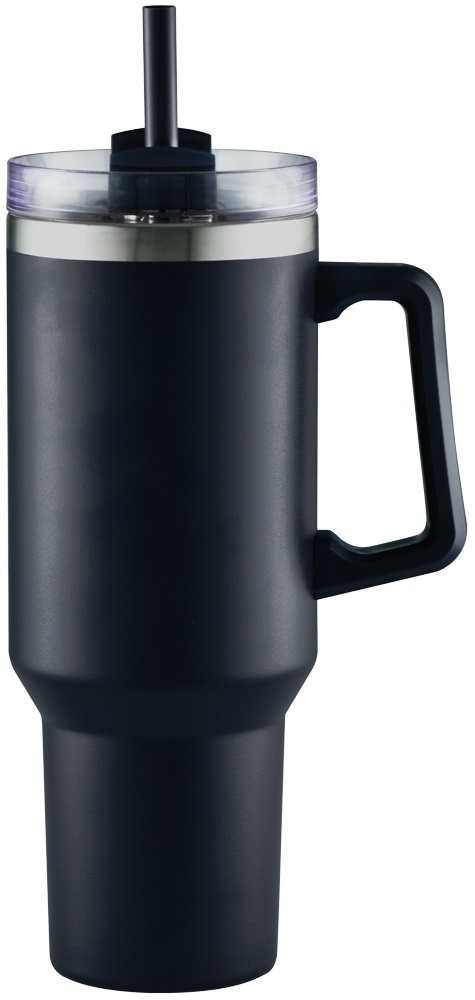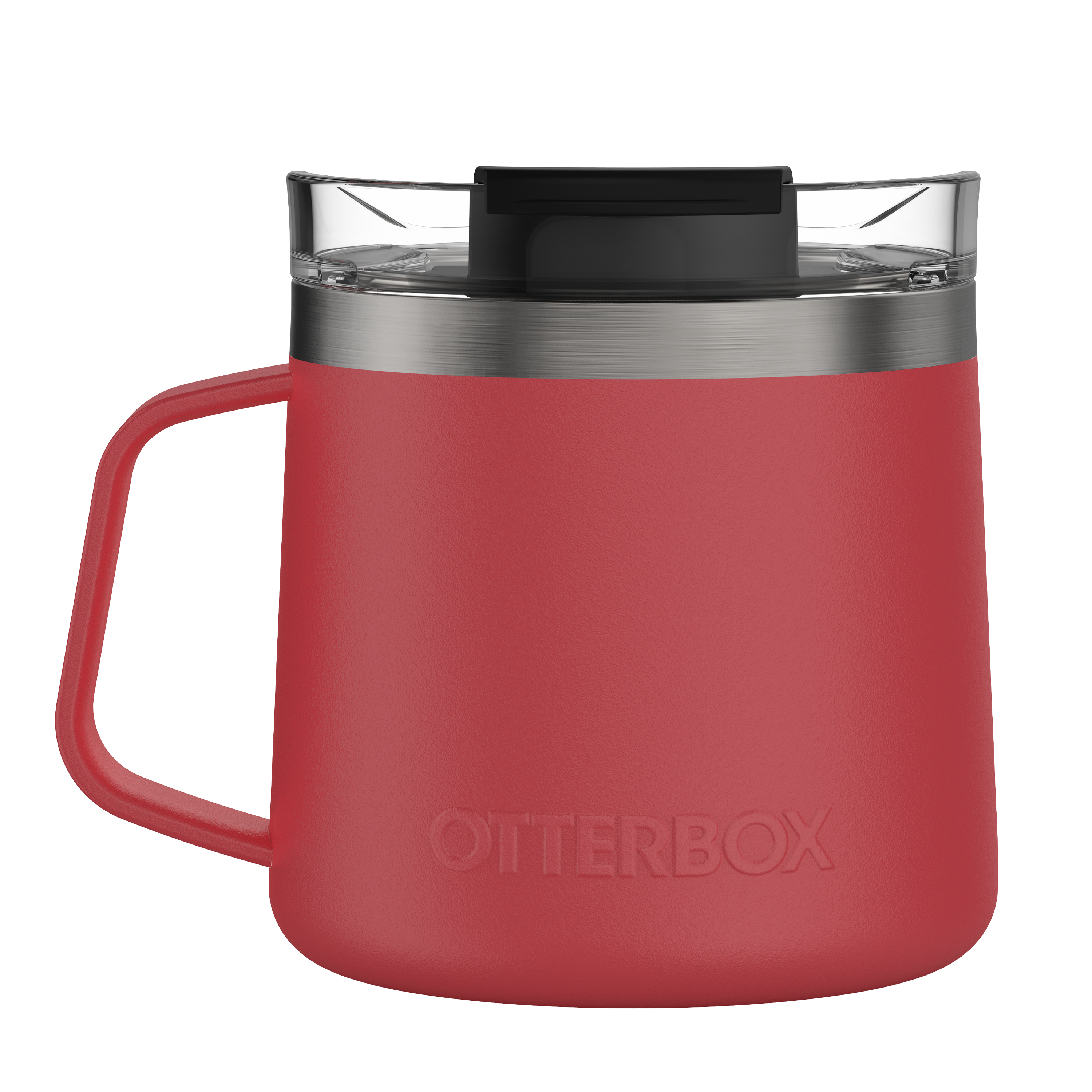There’s something to be said about a water bottle, mug, or tumbler that sees daily use. The term “emotional support water bottle” was coined some time in the last few years, and for good reason. Drinkware helps people get through their days, whether it’s keeping them hydrated or storing their favorite caffeinated beverage.
Promotional products distributors need to stay aware of trends, buying habits, and sales strategies relating to this side of the industry. Armed with the right information, distributors can help organizations get their branding just right.
Kris Fredericks, senior vice president of sales and marketing at Moderne Glass Company, Aliquippa, Pennsylvania, says, “Retail brands and retail companies, along with social influencers, are driving many of the trends we are currently seeing in promo.” From trendy tumblers to functional water bottles, there’s a drinkware option for every need.
Design Trends and Functional Features
Kyle Bicking, director of sales, promo/stores/trade shows for North Venice, Florida-based Tervis, says “hydration is the trend.” That may sound obvious, but there’s a focus on large-capacity, functional water bottles right now.
What makes a bottle or tumbler functional and likable comes down to the features — leak-proof lids, handles, the width of the mouth, straws, ridges for easy gripping, etc. And because large volume is trending, it must be easy to carry and take on the go.

“Handles, carrying straps, and other designs that assist in carrying the product are both fashionable and functional,” Fredericks affirms. For that reason, Fredericks says “high-end handled stainless-steel products” are a go-to product this year, and copper vacuum insulation is a special feature to consider. Bicking adds that single-piece lids that flip up and even click into place offer the user that extra bit of convenience.
David Baldwin, business development manager – promotional products for OtterBox, Fort Collins, Colorado, says the company has seen great engagement with its Elevation tumbler line because each piece works with a variety of lids for different uses from coffee to water. It’s these small touches and innovations in drinkware that can turn any standard tumbler or mug into an everyday staple.
Color Stories and Imprints
Though colors do go in and out of style or demand, sometimes falling in line with Pantone’s Color of the Year, Bicking says customization brings a lot of flexibility. Because of this, color schemes will differ from one design to the next, and in the promotional products industry, it really depends on the customer’s needs.
Fredericks notes a preference for soft, muted colors in matte finishes, especially for the spring season. Baldwin says OtterBox focuses on black, white, stainless, red, and navy blue for the promo side of its business, and Tervis sees lots of interest in clean, white backgrounds in addition to elevated graphics on black backgrounds. For a textured look, Bicking says matte prints on top of glossy prints can create a textured look, which is best executed on a darker background.

Customization in the drinkware space includes deep etching and laser engraving, UV printing, and even patches in drinkware — something Tervis is known for and puts in its line of classic insulated tumblers, mugs, and water bottles.
“Deep etched and laser etched logos look great on all drinkware products, including glass, ceramic, and high-end steel,” says Fredericks. “Etched logos give a high perceived value and will last the life of the product.”
While decoration process does vary from customer to customer, Tervis finds many corporate clients like the clean and simple look of laser engraving for a logo and/or tagline, while UV printing bodes well for more involved, complex designs. Patches can work well for coastal areas and the resort industry, as well as sports. No matter the method, Bicking says there’s “no shortage of putting logos here, putting logos there.”
Sustainable Sipping
Sustainability and general awareness of environmental and social concerns continue to take priority for companies. In the promotional drinkware space, it could mean manufacturers using environmentally responsible materials in their products or implementation of a recycling program.
For Tervis, it’s the latter — offering lifetime guarantees on its Triton products. When a customer brings in a product at the end of its lifecycle, Tervis allows exchanges for free. The plastic from the old item goes back to its factory, and depending on the condition and fading, it’s ground up to be reused and put into another product. Most often, it’s reused for internal samples rather than ending up in a landfill, says Bicking.

“I even saw one that was tagged on Instagram where someone had their cup, say, like since freshman year of college, like 15 years ago, and the patch inside has long since been discontinued,” Bicking explains. “You can’t even find it anymore. She brought it in, got it exchanged, and they actually took the patch, and put it back into her new cup.”
As end-users become increasingly concerned with the products they use, where they come from, and where they’re going after use, sustainable drinkware must have a seat at the table.
Sales Tips
Because there’s no one-size-fits-all drinkware option, Bicking tells distributors to find what works best for their customers’ needs and invest in that supplier relationship. Maybe it’s a supplier that offers the right product, or one that can offer full-color, fully customizable decoration rather than a plug-and-play logo placement.
Further, he advises distributors to “plan ahead as much as you can and set expectations on delivery timelines.” While artwork and sample approvals take time, proactive sales practices can do wonders for both the distributor and the client, like getting adequate artwork and assets upfront. Planning is not always feasible with the “I need it now” customers on top of labor shortages, but managing expectations on turnarounds can help greatly.
Chris Salvaggione, director of sales for OtterBox, advises distributors to lean into their suppliers who know the product well and build that partnership. “Let us prepare you or equip you with the sales tools that make it as easy as possible to sell our brand,” he adds.
Further, he argues that having direct access to supplier support can give a distributor a fuller picture of inventory, which can be a game changer on an RFP or RFQ. Beyond that, he says it comes down to the key selling points of a product like the features and functionality.
And for that client who’s unsure about the value of branded drinkware, Fredericks says: “Drinkware has always been a top promotional product category. More than ever before, people are carrying their drinkware with them, allowing for higher visibility of the customer’s logo. The impression frequency makes drinkware one of the most economical forms of advertising.”



